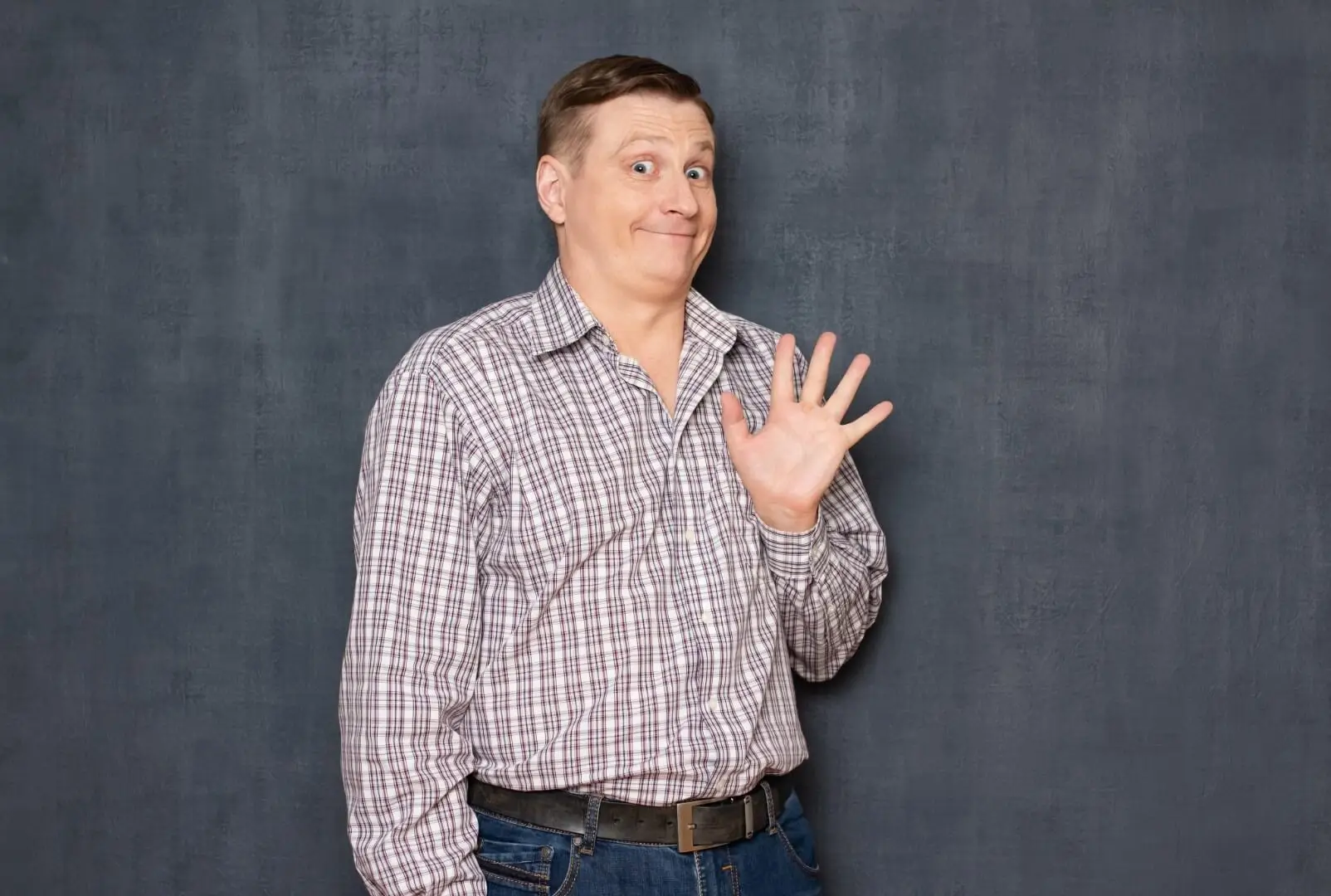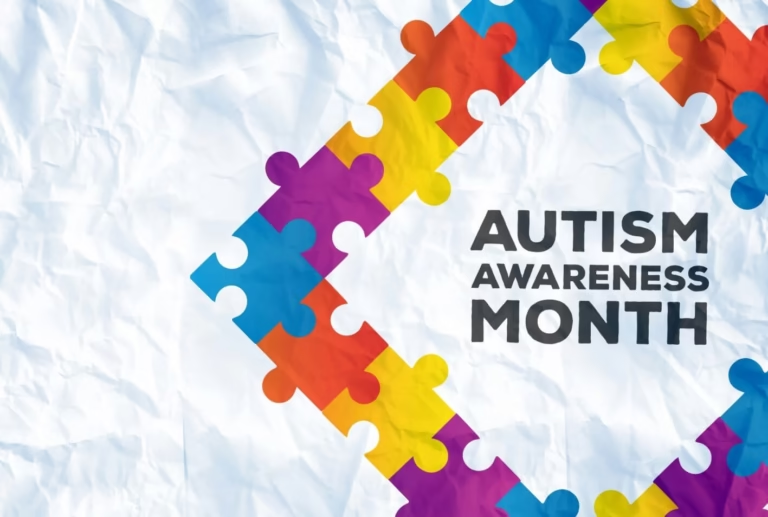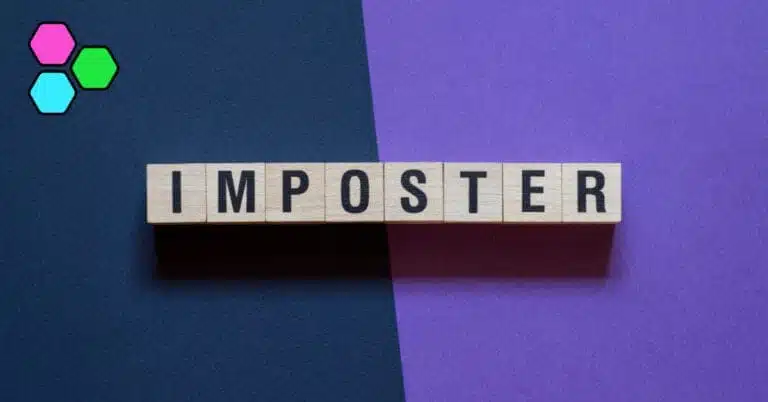As a person with autism, have you ever felt like there’s something off about the way you smile, or how other people perceive your facial expression? I know I have.
It’s hard to put my finger on it, but when it comes to autism and smiling I never seem to get it just “right.” I’ve been told that I smile too much and I’ve been told I don’t smile enough! What the heck is going on?
There are times—especially in places like work, where the social dynamics can get complicated—when I realize I’m overdoing it with the smiles. I’ll suddenly become aware that I’m the only one smiling in a situation that definitely doesn’t call for it, and it feels awkward.
On the flip side, there are plenty of moments where I don’t smile at all, usually when I’m with the people closest to me and I feel much less pressure to conform. It’s like the effort of trying to fit in drops, and so does the need to control my facial expressions and autism in social settings.

The Challenge of Mustering a Genuine Smile
I noticed this when I was working on this website and wanted to include a photo of myself. I was looking for a picture that showed me as kind and friendly, which I definitely am, even with autism!
But as I scrolled through the albums on my iPhone, I realized something pretty frustrating—I’m hardly ever smiling in any of the photos. Finding one where I looked happy and natural was a lot harder than I expected, even though in most of them I know that’s how I felt inside at the time.
It’s something that’s constantly on my mind, whether I’m at work or just going through daily routines. In the mornings, when I drop my kids off at school, I see other parents smile at each other and their faces light up.
Then it’s my turn. I try my best to give them a genuine smile, but I never seem to get the same warm response that I see between the other parents. I can’t quite explain it but it feels like something’s just not clicking.
At work, it’s even more apparent. In meetings, I’m sometimes aware that my “concentration face” might look hostile—like I’m frowning or upset. The introduction of Teams meetings where I can see myself on the screen made me very aware of this!
Every now and then, I catch myself and hit the mental reset button, forcing a smile or at least trying to look neutral. It doesn’t reflect what I’m feeling inside, but I’ve learned it changes how others perceive me.
Why Is Smiling and Facial Expressions So Complicated With Autism?
This all got me thinking: does autism affect how some of us smile and our facial expressions —whether it’s too much or too little? And if so, why does that happen?
I’ve written previously about the link between humans and apes. Animal behavior scientists reckon that smiling with teeth originated as a way for primates to show they were frightened through a thing called ‘fear grinning’.
It became a way for them to establish a dominance hierarchy. Apes do have a type of smile that conveys happiness but it’s a far more subtle expression.
We don’t fully understand why, but in humans, smiling—especially with teeth—has evolved to become a complex form of social communication that signals happiness to those around us.
Generally, people smile to make others feel comfortable or to fit into social situations. But as we all know, not all smiles are equal.
A genuine smile is natural and automatic and is marked by subtle cues like wrinkles around the eyes—something we pick up on without even thinking about it.
Then there are the fake smiles, the ones you tend to see more often at work, or when a used car salesman wants to sell you a car, or in any setting where someone wants to seem friendly but doesn’t necessarily feel a connection.

Understanding Autism and Facial Expressions – It’s More Complex Than It Seems
As if telling the difference between a real and fake smile wasn’t tricky enough for those of us with autism, it turns out that different cultures also have their own ways of smiling.
In Western countries like the United States and Britain, smiling is seen as a sign of friendliness and respect. It’s encouraged as part of everyday communication, whether you’re greeting a friend or a stranger.
In countries like Russia, however, people smile far less often, usually only when they’re in a good mood or to show personal regard for someone they know. Smiling at a stranger can actually be seen as insincere, which is the opposite of what we’re used to in the West.
With all this confusion, it’s no wonder that people with autism can have a hard time interpreting facial expressions. We can sometimes struggle to tell the difference between real and fake smiles, which can make things especially challenging in the workplace, where people’s expressions aren’t always genuine.
It’s thought this difficulty may be linked to our tendency to avoid direct eye contact, as the eyes are often what reveal whether a smile is truly sincere.
As someone with autism, smiling is something I’ve adapted to over time. The actual intent behind smiles can feel uncertain for me, so I use masking—blending in and trying not to draw too much attention by mirroring their smiles. Most of the time, I find this puts the other person at ease and helps me navigate social situations more smoothly.
Autism and Uncontrollable Laughing Seizures
But as I said before, as a person with autism sometimes I overdo it and end up smiling too much. Instead of making the other person feel comfortable, I can sense them becoming uneasy, possibly due to the misreading of autism and facial expressions.
Suddenly, I can hear my internal voice speaking – why aren’t they smiling back? Am I doing something wrong? Is my face too tense or too relaxed? It can quickly get confusing.
And then, with autism, there are those times when I smile or laugh a lot at completely inappropriate moments. I’ll never forget a few years ago when I was skiing in Italy.
Our group decided to rent snowmobiles, and as we followed the trail close to the edge of the mountain, one snowmobile tipped over, sending two of my friends tumbling down the side. Everyone else looked shocked.
But not me. I couldn’t stop laughing—completely out of nowhere. I saw the confusion on everyone’s faces, and I knew they didn’t understand my reaction. Honestly, neither did I at the time—it just happened.
Emotional Wavelengths and Smiling With Autism
When I’m not triggered by specific events, in my natural state I tend to speak in a relatively monotone voice. Someone once even described me as operating on a single emotional wavelength. I think if I didn’t feel pressure to conform socially, I wouldn’t smile much at all.
Maybe that’s why I look like I do in most of my photos? Because I’m happy in the situation and I don’t feel under pressure to conform.
It’s not that I’m unhappy or lacking emotions; it’s just that, honestly… what’s the point?
Conclusion
When interacting with neurotypical people, I’ve found that the way I manage smiles—and communication in general—often leads to misunderstandings. Both sides can leave the conversation feeling confused, creating a frustrating cycle of miscommunication.
If those of us with autism are smiling too much, we might be seen as strange or not taking things seriously. But if we don’t smile enough, we risk being labeled as cold or unapproachable. Striking the right balance is difficult, and it’s something I’m always mindful of.
They say, “never judge a book by its cover,” and if people could see inside the minds of autistic individuals, they’d realize that what’s happening on the inside often doesn’t match what’s shown on the outside.
So, if you ever meet someone with autism who appears to be smiling a little bit too much—or not enough—take a second to consider that what you’re perceiving might not be the full story. There’s often more beneath the surface than what’s immediately visible.
Unlock Your Full Potential with The Autistic Boss!
Join our newsletter for expert insights, practical advice, and exclusive access to free resources designed to help autistic professionals thrive in the workplace. Be the first to receive new content, updates on our latest offerings, and tools tailored to your success.
✨ Start now by exploring our free Autistic Career Matching Tool – discover careers that align with your strengths and needs! → Try it here
📩 Want more? Sign up for our newsletter at the bottom of this page to stay informed and empowered on your career journey!
Frequently Asked Questions
Click here to view
Why do people with autism sometimes struggle with smiling or facial expressions?
People with autism may find it challenging to interpret or express social cues like smiling due to differences in social communication. This can stem from difficulty understanding when and how to use facial expressions in a neurotypical setting.
Why do I smile too much or too little in social situations?
Over-smiling may be a coping mechanism to fit in or mask discomfort, while under-smiling may occur when there’s no social pressure to conform. It’s a balancing act that people with autism often navigate.
Is it common for people with autism to misread smiles?
Yes, misreading facial expressions is common. This can be due to reduced eye contact, which makes it harder to distinguish between genuine and fake smiles, especially in complex social or work settings.
Why do people with autism sometimes laugh or smile at inappropriate times?
This can happen due to differences in emotional regulation or unexpected triggers. It’s not intentional but may be misinterpreted by others, leading to awkward social moments.
Can cultural differences in smiling affect autistic people more?
Yes, cultural differences in how smiles are used can make social interactions even more confusing. For example, some cultures smile frequently to show friendliness, while others may smile only to express genuine emotion.






















